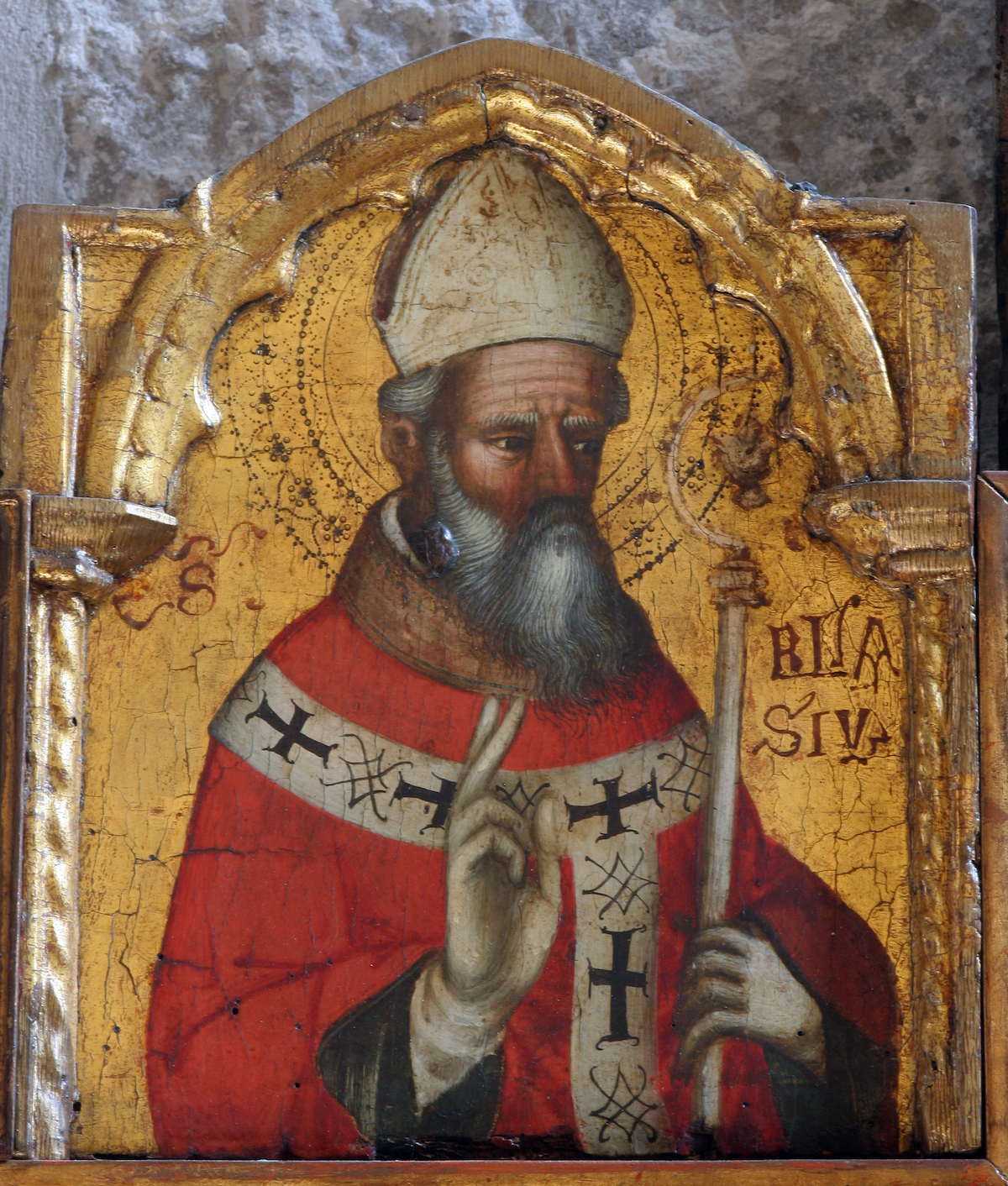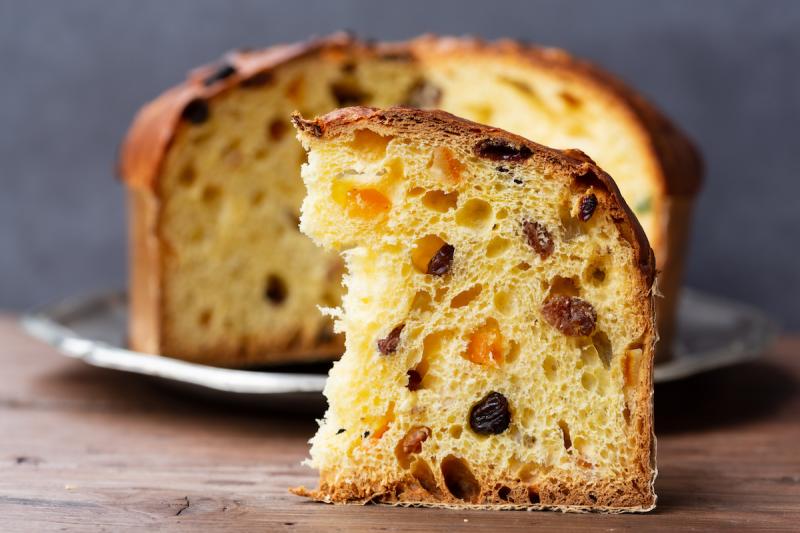Arguably no gastronomic product is more strongly connected to Milan than panettone, Italy’s beloved Christmastime fruitcake made with candied fruit peel, raisins, and occasionally chocolate or other ingredients. Panettone’s precise origins, like those of so many Italian specialty products, are mightily contested, with many cities or areas eager to claim primacy. But for the Milanese in particular, it’s long been a symbolic staple. No day makes this clearer than February 3, feast of San Biagio, or Saint Blaise in English, when leftover panettone is served at breakfast tables across Milan.
The San Biagio backstory

A 4th-century Armenian saint, bishop and healer, San Biagio is said to have miraculously saved a child choking on a fish bone (possibly aided by a piece of bread). He’s now revered as protector against various throat area-related problems, including choking, ENT diseases and sleep apnea. In Milan and surrounding areas, eating panettone on the morning of February 3 is believed to safeguard against such issues. Preparation for this preventative ritual begins early, and precision is key: At least one panettone must be set aside after the Christmas festivities and the cake must be the first food one consumes, together with all members of the family, when February 3 finally arrives. (For households with no leftovers to speak of, this is also the day savvy Milanese shopkeepers will sell any remaining panettoni at reduced prices.)
Numerous towns and villages throughout other parts of Italy observe the feast of San Biagio, often through candle-lit processions, hymns, dances, and, of course, specialty foods and feasting. Bread being significantly linked to the saint, an impressive and diverse array of bread products bear the name San Biagio: sweet donuts, spiced and fruit-filled pastries, and savory taralli-like small breads. In San Biagio Platani in Sicily, area women prepare cuddureddi. Called cannarozzo in other parts of the region, these are small, elaborate votive breads symbolizing the throat, along with other shapes associated with the saint’s martyrdom and hagiography. The mini-breads are blessed and then distributed to the faithful on February 3. Meanwhile, in Lanzara in Campania, potato- and stale bread-rich meatballs called polpette di San Biagio are enjoyed on the saint’s day, while folks in the town of Cavriana near Mantua prepare torta di San Biagio, a shortcrust pastry filled with almonds and chocolate.
Crafts and candles
As patron saint of wool workers, San Biagio is venerated in Taranta Peligna in Abruzzo, a town known for its historic wool industry and (now nearly lost) craft of taranta blankets — colorful, patterned, soft woolen blankets treasured for their warmth and artistry. As part of the feast day celebrations, locals come together in large groups to prepare small bread loaves called panicelle. Shaped like four fingers meant to resemble a hand working wool, the blessed panicelle are shared on the saint’s day to commemorate the village’s legacy as a profitable center of wool crafts.
To invoke San Biagio’s protection, Italian Catholics participate in the Blessing of the Throats on February 3, a rite that involves crossing candles in front of the recipient’s throat while asking for the saint’s protection against “every disease of the throat and from every other illness.” Candles are key objects associated with Blaise, on account of a legend related to his martyrdom in 316 CE: It’s said that a woman whom Biagio had helped brought the saint two candles while he was imprisoned in a dark cell awaiting his death. The feast day, too, is close to Candlemas (Candelora in Italian) on February 2, the day some Christians remember the Presentation of Jesus Christ at the temple and bring candles to church to be blessed for use in the coming year’s liturgical rites.








